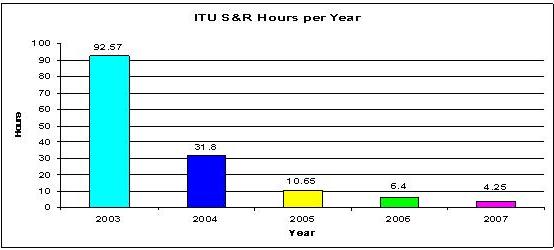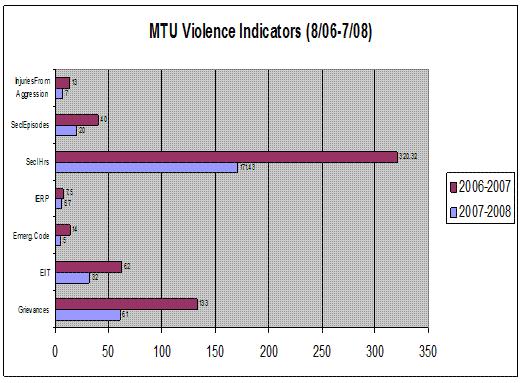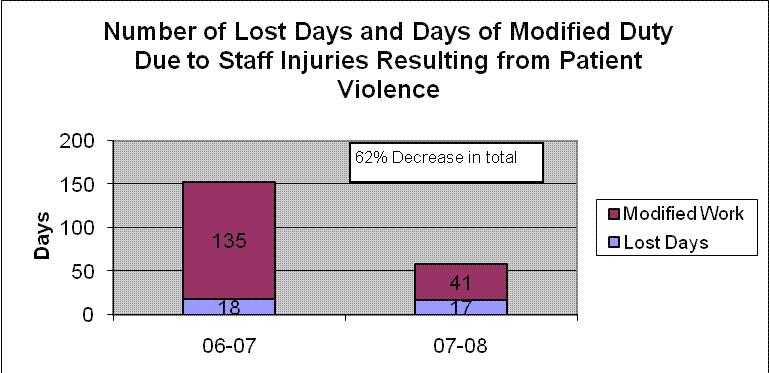Mental Health Services Act
NVC and the Mental Health Services Act (MHSA) of California
Contents
Intention
The intention of this page is to discuss and explore the possible relevance of the Mental Health Services Act aka Prop 63 of California to the support of Nonviolent Communication=
MHSA Background
The MHSA was passed by the voters of California in 2004 as Proposition 63 to encourage the support and development of services to people with severe mental illness. The money's (approximately 750M$ in fiscal year 2005-2006 ) is distributed to the County Mental Health systems by the http://www.dmh.ca.gov/ California Department of Mental Health] (DMH) under the supervision of the Oversight and Accountability Commission
Planning and distribution of the funds is being accomplished in five phases
Community Services and supports program (CSSP)
Capital (buildings) and information technology (IT)
Education and training (human resources) (WET)
Prevention and early intervention (PEI)
Innovation
Innovation
Innovation is concerned with the introduction of innovative programs which have significant likelihood of improving Mental Health Services. As NVC has been shown to have a significant effect on the delivery of Mental Health Services, it would appear that programs based on NVC have a significant likelihood of receiving support from MHSA Funds.
In Jan 09 , DMH published a set of Notice 09-02 concerning innovative programs.
Benefits of incorporating NVC in a mental health setting
Reference Books
Melanie Sears has published two books about the use of NVC in Mental Health settings. One is Choose your words, a book describing how NVC is used in a mental health system. The other is Humanizing Health Care with NVC, a book describing how the use of NVC can improve the delivery of mental health services.
NVC in an Intensive Treatment Unit
The use of these strategies, which included teaching NVC to patients and staff reduced the number of hours of seclusion and restraint from 92 hrs to 4 hrs over a four year period. It also reduced the number of seclusion and restraint incidents from 33 per yr to 2.0 per yr over the same four year period.
MTU
Later Reimier (2009 showed that the introduction of NVC on a Maximum Security Forensic Hospital Unit reduced the number of patient restraints.
The Management and Treatment Unit (MTU)is a 14 bed unit that provides treatment to the most acutely civil and forensic male patients in need of maximum security at the MendotaMental Health Institte in Madison Wisconsin . In Aug 2007 the MTU team Decided to revise its ways of treatment to reduce violends. The first step was to achieve a common agreement as to the meaning of the word “violence”. The meaning was extended to include passive and non verbal violence in addition to the usual verbal and physical violence . It was finally defined to include “Behaviour that increased the acuity of the unit’s environment and threatens snanctuary”. Training was given initially to staff and eventually all in the use of NVC and de-esc alation plans developed and the concept of a Sanctuary introiducedbased on the ideas of an organization devoteed to “Promoting Awareness, Victim Empowement” (PAVE). ?????. After the patients and staff mutally developed their concept of sanctuary, it was implemented basically based on the methodology of NVC. The violence indicators dropped dramatically over a two year period.
Not only was their a reduction of forcible restraints for the patients, the staff also experienced an increase in safety too.
(ed.note more discussion and images needed))
Kathi Aichner has written a report on the use of NVC at Atascadero State Hospital which showed that the patients were very enthusiastic about its use.
Recommendations
Professionals interested in participating in the development of NVC programs under the aegis of Innovative programs under the Mental Health Services Act might contact the MHSA department of their County Mental Health Departments for more information on how to submit proposals for programs introducing NVC into their local Mental Health Delivery systems.
References
Aichner,K. NVC at Atascadero State Hospital, personal communication, 2008
Reimer,D. Corwin C. Application of Core Strategies: Reducing Seclusion & Restraint Use, On The Edge, 13(3) (2007)
Reimer, D. Creating Sanctuary: Reducing Violence in a Maximum Security Forensic Psychiatric Hospital Unit, On The Edge - Spring 2009
Sears, M. Choose your words, CareInAction (2007)
Sears M.,Humanizing Health Care with NVC, iUniverse, Lincoln Ne, (2006)
Please add any other citations to the use of NVC in Mental Health Settings to this page. If you experience difficulty in adding to this page directly , please e-mail the submission to John Mudie directly.


